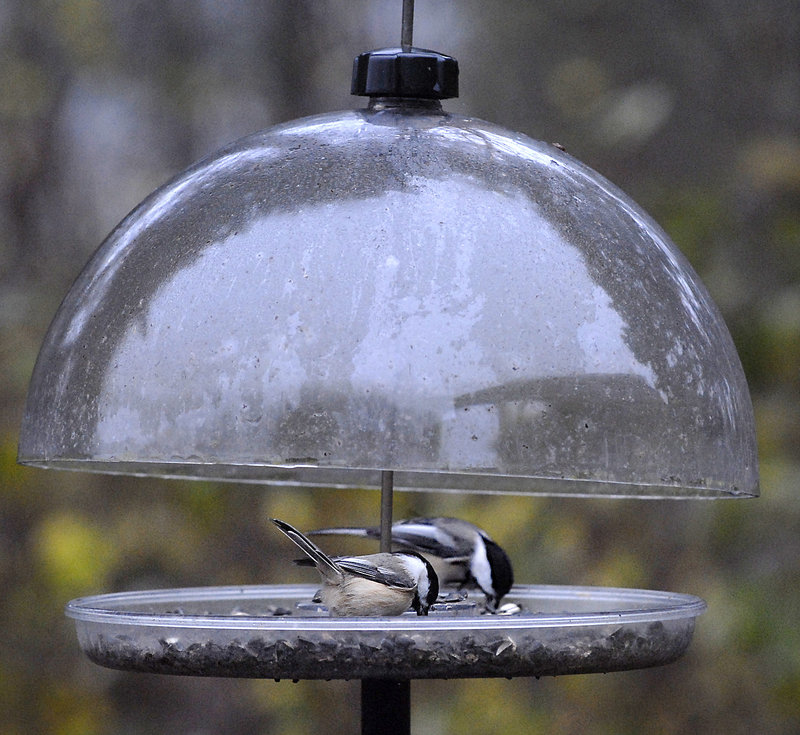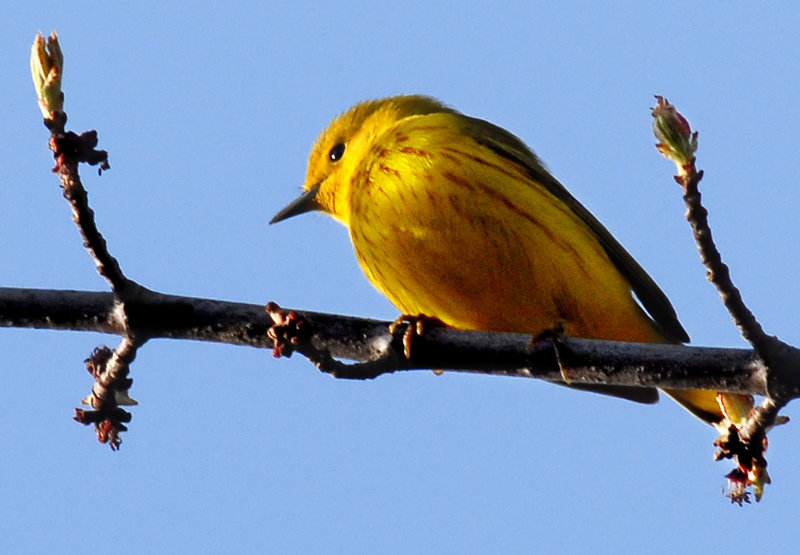Earth Day, coming up on Friday, is a day when we should be particularly aware of our impact on the natural world. Plants and animals cannot speak for themselves; concerned citizens must speak for the thousands of other species whose survivorship is threatened by human activities.
We’ll start today, with a long view of earth’s history. Using the fossil record, paleontologists have documented five mass extinctions. During each of these episodes, at least 75 percent of existing species were driven to extinction.
The most recent mass extinction was about 65 million years ago, when the dinosaurs, pterodactyls and the large marine plesiosaurs were wiped out.
Paleontologists do not fully understand the cause of most of these mass extinctions, although changes in climate and volcanic activity seem to be likely candidates.
We do have better understanding of the most recent mass extinction that eliminated the dinosaurs. An asteroid, probably about 6 miles in diameter, hit the earth. The crater has been found off the coast of the Yucatan peninsula in Mexico. The ash from the collision would have greatly reduced photosynthesis by plants, disrupting the food web of that era.
A recent article in the journal Science by Anthony Barnosky and colleagues suggests that we are at the beginning of a sixth mass extinction. This time, the cause is clear.
Humans are causing the extinction of many species by removing natural resources from communities, destroying and fragmenting habitat, and facilitating the introduction of non-native species.
The authors argue that 75 percent of existing species could be driven to extinction in the next few centuries unless humans reverse our ways and become better stewards of the earth. That is a sobering claim.
We know that birds are especially sensitive to environmental degradation and habitat loss. Conservationists often use birds as indicator species. If a particular indicator species is doing well, then associated species that are less sensitive probably are doing fine as well. If a habitat starts to degrade because of human impacts, a change in the survivorship or reproductive success of birds will be one of the first signs.
What are some of the things you can do to help protect the birds?
• Share your interests in birds with other people. People are often amazed to learn of the many birds all around them that they were never really aware of. Young people often become eager birders once they see how much fun birding can be.
• Make your property more bird-friendly. All birds need water, so a water bath or pool will help them. Brushpiles are great habitat for sparrows.
• Feed the birds. Abundant evidence shows that feeding birds increases their survivorship. Birds do not become dependent on human handouts, so don’t worry if you can’t maintain your feeding station continuously. Keep your feeders clean; bird diseases can spread rapidly at a frequently used feeder.
• Join Partners in Flight. This program depends on the work of thousands of people throughout the Americas interested in birds. Join and find out what you can do to help conserve birds. Information can be found online at www.partnersinflight.org.
• Join the American Bird Conservancy. You can find information on this very effective conservation group at www.abcbirds.org.
• Contribute to or join other conservation groups, like the Nature Conservancy, the National Audubon Society, Maine Audubon Society, the World Wide Fund for Nature, the Sierra Club or the Appalachian Mountain Club.
• Do your best to conserve resources: water, gasoline, paper, any other consumable resource. We can reduce our effects on the natural world by reducing the amount of tree harvesting, oil mining and other removals of natural resources.
• When you travel to go birding, consider purchasing carbon offsets for the amount of carbon dioxide your car or jet transportation releases into the air.
Carbon offsets might be an investment in a solar energy plant or funding to plant trees that will absorb carbon dioxide and convert it to new plant tissue. You can find lots of carbon footprint calculators on the Web. One I like is at www.terrapass.com/carbon-footprint-calculator/.
• If you are a coffee drinker, purchase shade-grown coffee. Most coffee is grown on huge plantations in which the natural tropical forest has been clear-cut to allow coffee bean plants to grow. These plantations have a very low diversity of birds.
Some coffee bean plants grow well in the shade of a natural forest. Supporting growers who use shade-tolerant coffee bean plants protects habitats and therefore birds. Useful information can be found at www.coffeeresearch.org/politics/birdsafe.htm.
Herb Wilson teaches ornithology and other biology courses at Colby College. He welcomes reader comments and questions at:
whwilson@colby.edu
Copy the Story Link
Send questions/comments to the editors.




Success. Please wait for the page to reload. If the page does not reload within 5 seconds, please refresh the page.
Enter your email and password to access comments.
Hi, to comment on stories you must . This profile is in addition to your subscription and website login.
Already have a commenting profile? .
Invalid username/password.
Please check your email to confirm and complete your registration.
Only subscribers are eligible to post comments. Please subscribe or login first for digital access. Here’s why.
Use the form below to reset your password. When you've submitted your account email, we will send an email with a reset code.